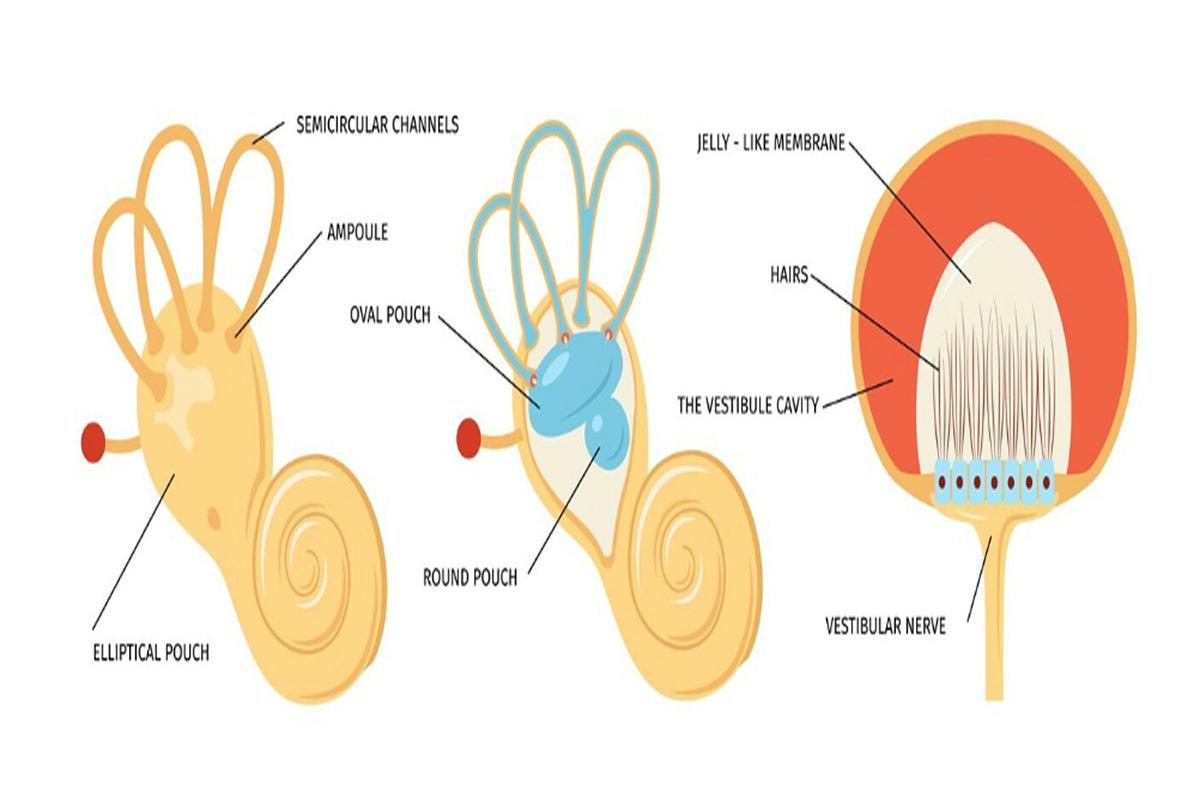Introduction
Vestibular rehabilitation, a specialized therapy designed to address balance and dizziness issues stemming from vestibular disorders, offers hope and stability to those in need. One common question that often arises is, how long does vestibular rehab last? In this comprehensive blog post, we will delve into the intricacies of vestibular rehabilitation, exploring the factors influencing its duration, what to expect during the therapy process, and how long it typically takes to achieve significant improvements. Understanding the timeline of vestibular rehab is crucial for managing expectations and fostering confidence in the road to recovery.
Understanding Vestibular Rehabilitation
1. Defining Vestibular Rehabilitation:
- Introduce vestibular rehabilitation and its purpose, emphasizing its role in addressing vestibular disorders that affect balance and cause dizziness and vertigo.
2. Types of Vestibular Disorders:
- Discuss various vestibular disorders, including benign paroxysmal positional vertigo (BPPV), vestibular neuritis, and Meniere’s disease. Explain how each disorder can impact the duration and intensity of vestibular rehabilitation.
Factors Influencing the Duration of Vestibular Rehabilitation
1. Individual Patient Factors:
- Discuss how individual patient factors, such as the severity of the vestibular disorder, overall health, age, and adherence to exercises, can influence the duration of vestibular rehabilitation.
2. Type and Complexity of Vestibular Disorder:
- Explain how the type and complexity of the vestibular disorder can impact the therapy duration. Some disorders might require more extensive and prolonged rehabilitation compared to others.
The Vestibular Rehabilitation Process
1. Assessment and Diagnosis:
- Describe the initial assessment process, where a physical therapist evaluates the patient’s symptoms, medical history, and performs specific tests to diagnose the vestibular disorder accurately.
2. Development of Individualized Treatment Plan:
- Explain how the physical therapist creates a personalized treatment plan tailored to the patient’s diagnosis and needs. Discuss the variety of exercises and techniques used, including gaze stabilization exercises, habituation exercises, and canalith repositioning maneuvers.
Duration of Vestibular Rehabilitation Sessions
1. Frequency and Duration of Sessions:
- Discuss the typical frequency and duration of vestibular rehabilitation sessions. Explain how sessions are usually scheduled multiple times a week, with each session lasting around one hour.
2. Progression and Adjustments:
- Explain how the frequency and intensity of vestibular rehabilitation sessions might be adjusted based on the patient’s progress. Emphasize the importance of regular communication between the patient and the therapist to track improvements.

Managing Expectations and Patient Commitment
1. Realistic Expectations:
- Discuss the importance of setting realistic expectations for the duration of vestibular rehabilitation. Explain that while some patients may experience significant improvements within a few weeks, others might require several months of therapy.
2. Patient Commitment:
- Emphasize the role of patient commitment in achieving successful outcomes. Discuss how consistency in attending sessions, practicing prescribed exercises at home, and following the therapist’s advice are crucial for effective rehabilitation.
Success Stories and Testimonials
1. Patient Testimonials:
- Share success stories and testimonials from patients who have undergone vestibular rehabilitation at your clinic. Highlight their progress, emphasizing the duration of therapy and the positive impact on their lives.
Expert Care at OrMobility Physical Therapy & Performance
1. Our Approach to Vestibular Rehabilitation:
- Describe your clinic’s approach to vestibular rehabilitation, emphasizing the expertise of your therapists and the individualized, patient-centric care provided.
2. Scheduling a Consultation:
- Encourage readers experiencing vestibular issues to schedule a consultation at your clinic. Provide clear contact information, inviting them to embark on their journey to balance and stability with the expert care provided by your team.
Conclusion – Embracing Balance, Embracing Life
Your Journey to Balance Starts Here
Vestibular rehabilitation is a transformative journey, offering hope, stability, and a renewed sense of confidence. At OrMobility Physical Therapy & Performance, we understand the challenges posed by vestibular disorders and are committed to guiding you toward a life of equilibrium. If you or someone you know is struggling with balance issues, don’t hesitate. Schedule a consultation with our experienced team today. Let us be your partners in the journey toward a balanced, empowered life.
Contact us now to schedule your consultation and embark on your path to a life of stability and well-being.
OrMobility Physical Therapy & Performance



